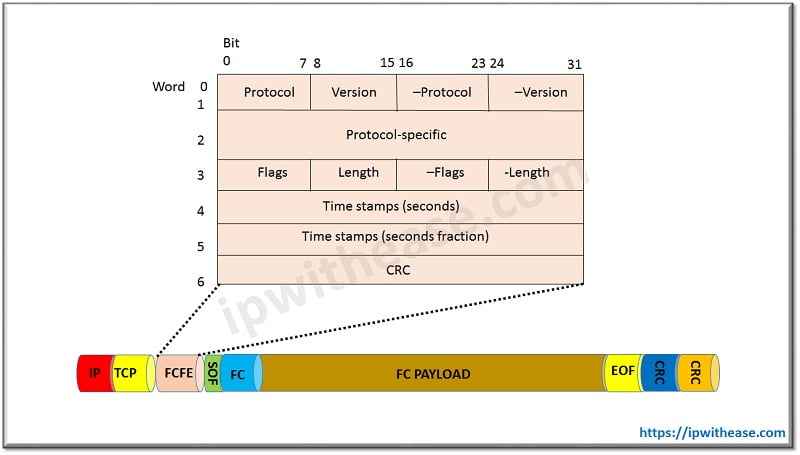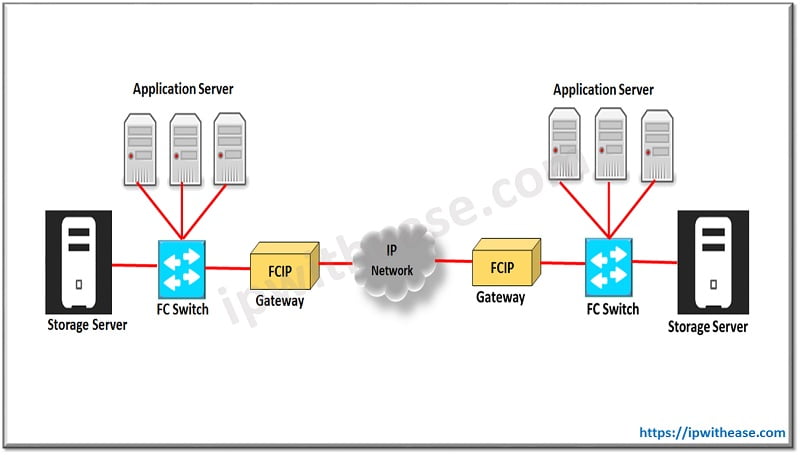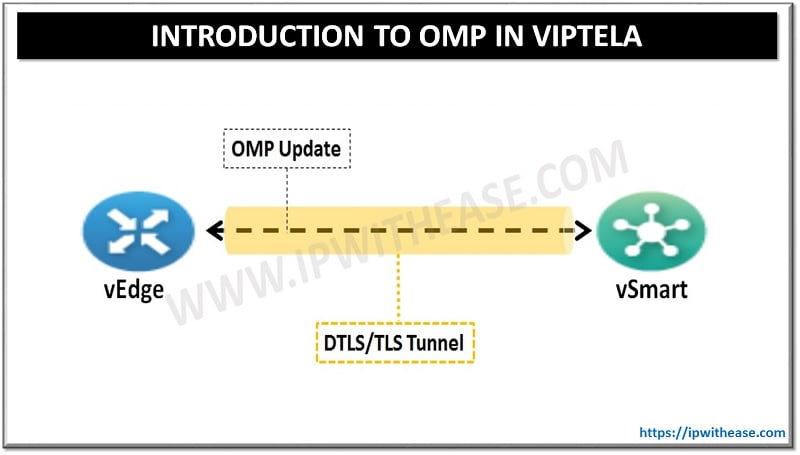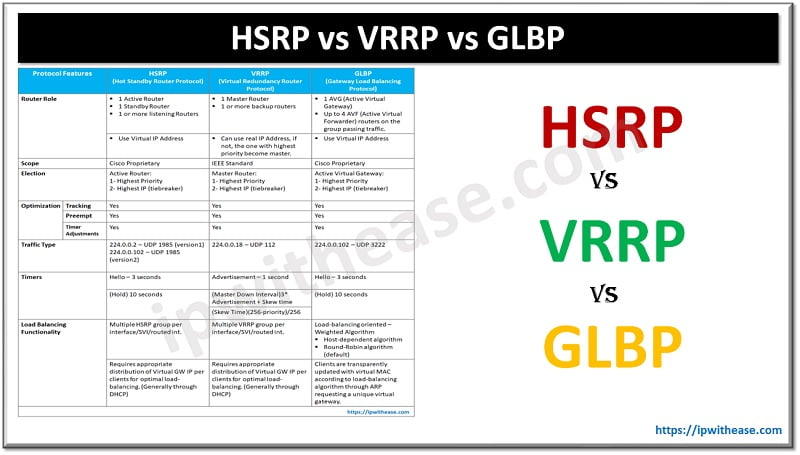Introduction of FCIP
FCIP is abbreviation for Fibre Channel over IP. Storage transport performance over IP networks is limited especially over public network due to the latency in ISP network, and this is where FCIP comes to play. Fibre Channel over IP transparently connects FC SAN over IP Network. It allows tunnelling of FC SAN to SAN connection across geographically separate locations. FCIP is a solutions for enabling company wide access to storage.
FCIP does not have an inbuilt security mechanism. It depends upon the IPSEC protocol suite to provide data confidentiality and authentication services and IKE as the key management protocol. FCIP encapsulates protocol for transporting Fibre Channel frames over IP links. Entire FC stack including the lower layer are placed onto TCP stack. FCIP makes use of TCP mechanism to provide congestion control, error detection and error recovery. TCP connections are bound to an FCIP Link, which is used to realize Inter-Switch Links between pairs of Fibre Channel entities. Fibre Channel over IP is a complex combination of transport technologies that address the dual requirements of storage networking and networking over distance.
Related – FCoE vs FCIP

FCIP Terms:
- FC Gateway – An entity that interconnects various Ports attached to it, and is capable of routing FC Frames using only the destination ID information in an FC Frame header.
- FC Switch – An FC device that uses the connection services provided by the FC Fabric.

CISCO FCIP Products Supported –
- MDS 9000 IP services module
- SN 5428-2 Storage router
- FCIP port Adaptor for 7200/7400
FCIP Design Metrics –
- GigE, OC48 or higher, relatively low latency. Short distance for <= 60km.
- OC3/OC12 low latency. Medium distance for <= 160km.
- DS1/DS3 low speed, high latency. For longer distance >160km.
High Availability considerations –
Use multiple FCIP tunnel for redundancy and increased performance.
FCIP Application –
Below are the list of areas and domains where FCIP has been leveraged due to its features –
- Scenario where we have FC SANs at multiple sites
- When there is need for connectivity between sites
- When there is need to send traffic of FC over IP network as far as 500 km.
- Remote backup between two DCs for replication.
- Remote A-synchronization data replication
- Distributed Video production
Common Problem addressed by FCIP –
- Latency – Mitigates latency enabling FCIP to operate more efficiently over distance. TCP Acceleration includes windows scaling, selective acknowledgements, and High Speed TCP. Latency is also reduced through packet coalescing, which re-packages multiple smaller packets into a single larger one, and through Dynamic Path Control, which selects the fastest path to a remote location. When FC error is detected, Time-out value might need to be increased due to IP Network latency, where Default value is 2 sec.
- Congestion– Makes FCIP performance more predictable across congested WANs. Lost packets are reconstituted in real-time at the far end of a WAN link, avoiding delays that come with multiple round-trip retransmissions. Out-of-order packets are re sequenced, avoiding retransmission and processing delays that occur when packets arrive out-of-order.
Conclusion
- FCIP is a protocol for bridging FC SAN over an IP Network.
- FCIP is typically used to connect geographically remote SAN when real time synchronization is not required.
- CISCO FCIP products are
- MDS 9000
- Cisco 5428
- Cisco 7200/7400.
- FCIP encapsulate FC frame with TCP/IP, FCFE header and CRC. It establishes a tunnel through IP network to send encapsulated frame.
- FCIP uses two flow control mechanism i.e. buffer credit and TCL sliding.
- FCIP incorporates HA tunnel for redundancy.
ABOUT THE AUTHOR

You can learn more about her on her linkedin profile – Rashmi Bhardwaj



